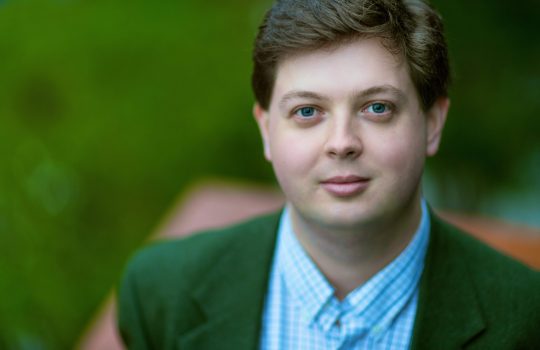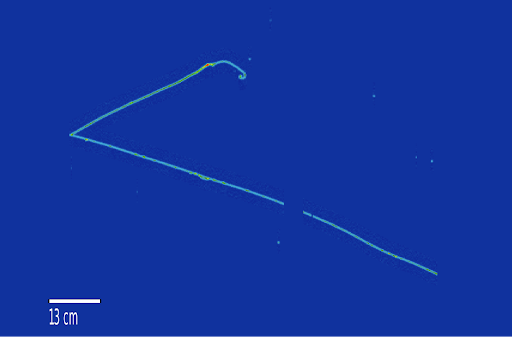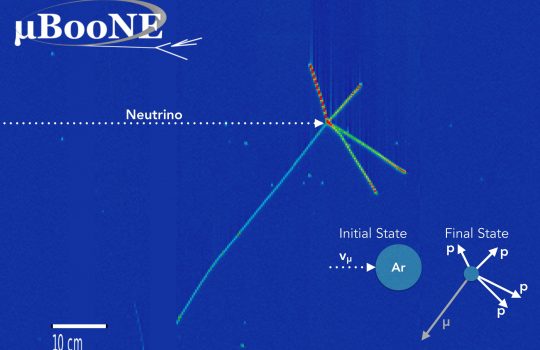Making music from neutrino experiments
David Ibbett, Fermilab’s first guest composer, converts real scientific data into musical notes and rhythms. His latest piece, “MicroBooNE,” will make its world premiere at a virtual concert on Dec. 8. In this audio interview, Ibbett shares a sneak peek of the song and explains his compositional process.





